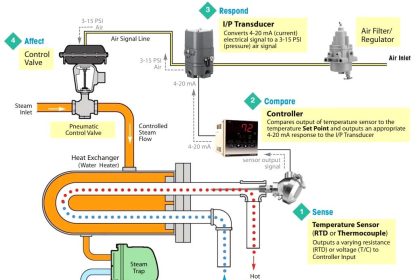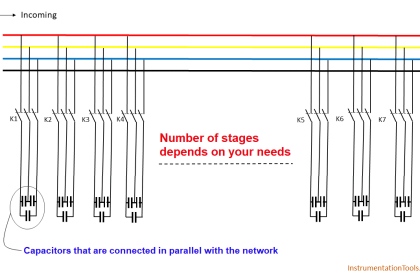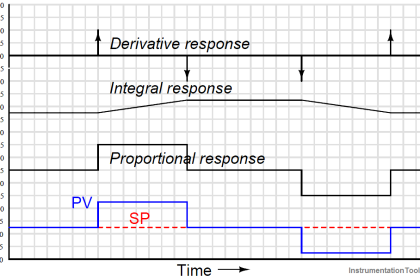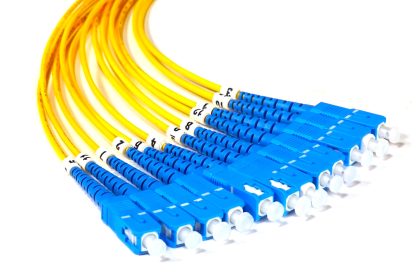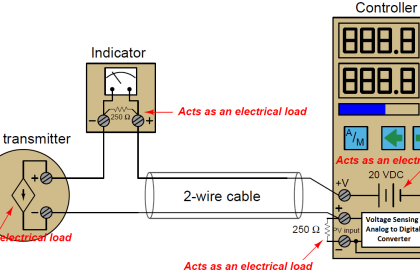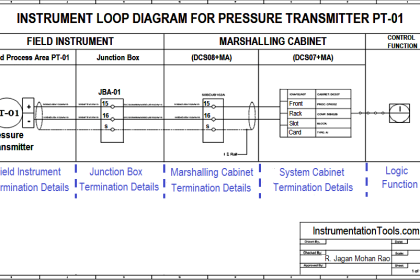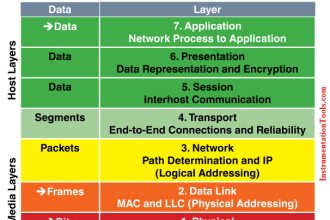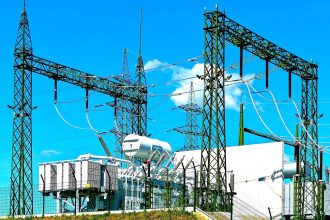Definitions of Electrical Grounding
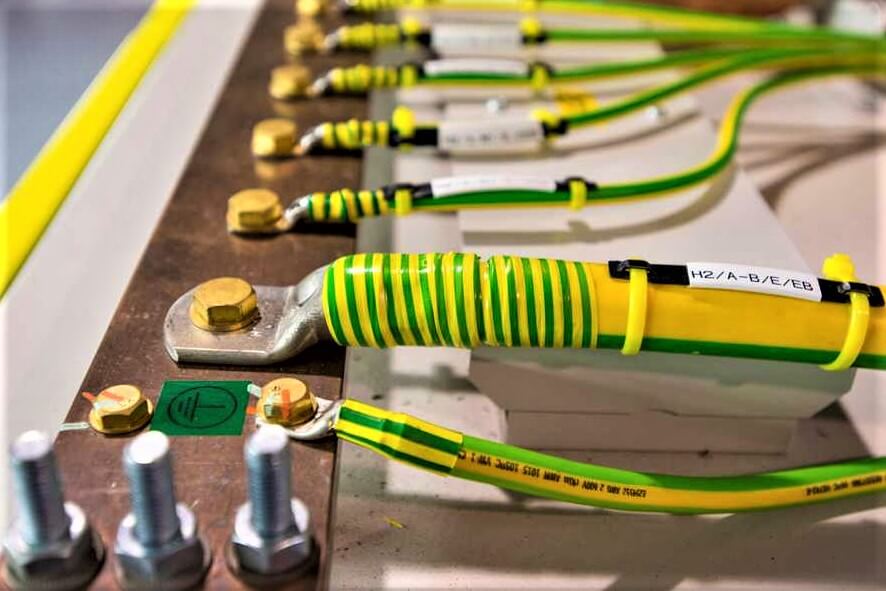
Air Terminal:
That component of a lightning protection system that is intended to intercept lightning flashes, (commonly known as lightning rod).
Bonding:
The permanent joining of metallic parts to form an electrically conductive path that will ensure electrical continuity and the capacity to conduct safely any current likely to be imposed.
An electrical connection between an electrically conductive object and a component of a lightning protection system that is intended to significantly reduce potential differences created by lightning currents.
Bonding Conductor:
A conductor intended to be used for potential equalization between grounded metal boxes and the lightning protection system.
Bonding Jumper:
A reliable conductor to ensure the required electrical conductivity between metal parts required to be electrically connected.
Bonding Jumper, Main:
The connection between the grounded circuit conductor (neutral) and the equipment grounding conductor at the service.
Current-Carrying Part:
A conducting part intended to be connected in an electrical circuit to a source of voltage. Noncurrent-carrying parts are those not intended to be so connected.
Earth:
The conductive mass of the earth, whose electric potential at any point is conventionally taken as equal to zero. (In some countries the term “ground” is used instead of “earth”.
Earth Electrode:
A conductive part or a group of conductive parts in intimate contact with and providing an electrical connection with earth.
Earthing Conductor:
A protective conductor connecting the main earthing terminal or bar to the earth electrode. (Also see grounding electrode conductor.)
Earthing Network:
The part of an earthing installation that is restricted to the earth electrodes and their interconnections.
Ground:
A conducting connection, whether intentional or accidental, between an electrical circuit or equipment and the earth, or to some conducting body that serves in place of the earth.
Ground Grid:
A system of grounding electrodes consisting of interconnected bare cables buried in the earth to provide a common ground.
Ground terminal:
The portion of the lightning protection system such as a ground rod, ground plate, or ground conductor, that is installed for the purpose of providing electrical contact with the earth.
Grounded:
Connected to earth or to some conducting body that serves in place of the earth.
Connected to earth or some conducting body that is connected to earth.
Grounded Conductor:
A system or circuit conductor that is intentionally grounded. (Also see Neutral Conductor.)
Grounded, Effectively:
Intentionally connected to earth through a ground connection or connections of sufficiently low impedance and having sufficient current-carrying capacity to prevent the buildup of voltages that may result in undue hazards to connected equipment or to persons.
Grounding Conductor:
A conductor used to connect equipment or the grounded circuit of a wiring system to a grounding electrode or electrodes
Grounding Conductor, Equipment:
The conductor used to connect the noncurrent-carrying metal parts of equipment, raceways and other enclosures to the system grounded conductor, the grounding electrode conductor, or both, at the service equipment or at the source of a separately derived system. (Green wire)
Grounding Electrode Conductor:
The conductor used to connect the grounding electrode to the equipment grounding conductor, to the grounded conductor, or to both, of the circuit at the service equipment or at the source of a separately derived system. (Also see Earthing Conductor.)
Lightning Protection System:
A complete system of air terminals, conductors, ground terminals, interconnecting conductors, surge protection devices, and other connectors or fittings required to complete the system.
Main Earthing Terminal:
A terminal or bar provided for the connection of protective conductors including equipotential bonding conductors and conductors for functional earthing, if any, to the means of earthing.
Minimum Approach Distance:
The closest distance a qualified employee is permitted to approach either an energized or a grounded object, as applicable for the work method being used.
Neutral Conductor (N):
A conductor connected to the neutral point of a system and capable of contributing to the transmission of electrical energy. (Also see grounded conductor.)
Raceway:
Any channel designed expressly and used solely for holding conductors.
An enclosed channel of metal or nonmetallic materials designed expressly for holding wires, cables, or busbars, with additional functions as permitted in this Code. Raceways include, but are not limited to, rigid metal conduit, rigid nonmetallic conduit, intermediate metal conduit, liquid tight flexible conduit, flexible metallic tubing, flexible metal conduit, electrical nonmetallic tubing, electrical metallic tubing, cellular concrete floor raceways, cellular metal floor raceways, surface raceways, wireways, and busways.
Do you face any problems with grounding? Share with us.
Read Next:
- Importance of Grounding Equipment
- How to Avoid Bad Electrical Ground?
- Induction Motors Faults and Protection
- Telecommunication System Grounding
- Components used in Electrical Ground
